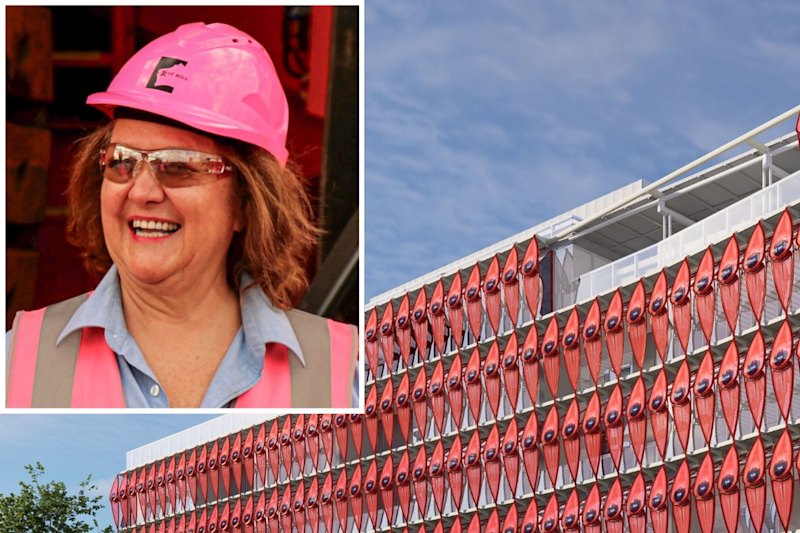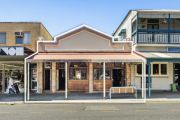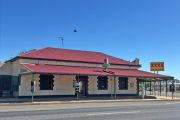
Fyshwick forced to reinvent itself as heavy industry moves out
Fyshwick has long held the mantle as Canberra’s industrial heartland, but that’s changing as specialised industries move out in search of larger premises or are forced out through new regulations.
The warehouse needs for distribution and logistics companies have shifted dramatically over the past 10 to 15 years as A- and B-double trucks – classes with greater load-carrying capacities – are rapidly replacing semi and rigid trucks.
The take-up of these vehicles has had a knock-on effect on the property market in traditional industrial suburbs like Fyshwick.
Steve Burke of Burgess Rawson Canberra laid out the main issues.
“A situation has developed where fewer sites are big enough to accommodate the big doubles,” he said.
“That’s exacerbated by the fact that some key Fyshwick access roads are not A- or B-double-rated and that prevents access to older sites,” he said. “And there’s another issue. Many hard-stand areas are not large enough to accommodate A- or B-doubles.”
Internal clearance heights of many older warehouses were also too low for current industry needs and standards.
Mr Burke said this combination of factors had led to something of a Catch-22 situation for companies that relied on being able to accommodate these mega trucks.
“Many want or need to move out, but there’s a thin supply of suitably-sized industrial sites in the ACT,” he said.
“Warehouse-based distribution and logistics centres can require sites from 2000 square metres to 10,000 square metres, sometimes up to 20,000 square metres.”
Some companies managed to find more suitable space elsewhere and this had left the Fyshwick owners holding empty warehouses with little prospect of finding tenants, in a suburb that’s rapidly shifting its focus to light industry and the evolving retail sector. This has forced many of these owners to reinvent their warehouses.
One strategy has been to divide them into multiple tenancies, installing elevators, and re-facing and upgrading buildings with ceiling lighting, airconditioning, window treatments and floor coverings.
This lateral thinking has paid off, with many owners attracting a new type of tenant mix and reporting fully leased properties with substantial rent increases.
Scale is essential
Chief executive of the Australian Logistics Council, Kirk Coningham, said increasing demands for cheaper and more timely delivery were propelling change in the type of warehouses that were needed in Canberra’s industrial estates.
“Scale is an essential element. Warehouses and trucks (as well as ships and trains) are getting larger and larger and are becoming increasingly automated,” he said.
“ACT land planners – along with their state and territory counterparts – are failing to keep pace with industry needs for more (warehouse) space and 24-7 operations.
“If you want to become a regional hub for distribution, you need to plan and build freight corridors and freight parks (precincts) – the sector’s needs are highly specialised and increasingly bespoke,” Mr Coningham said.
A spokeswoman from the ACT Environment, Planning and Sustainable Development Directorate said the territory would continue to play an important role as a freight hub, with truck movements – in and out – expected to double in the next 20 years.
“The Majura Parkway links provide improved freight access to the industrial estates of Fyshwick, Hume and Eastern Broadacre and to Canberra Airport,” she said.
Future land releases in the Eastern Broadacre corridor, incorporating Hume, Fyshwick, Symonston and Pialligo, are planned to optimise this direct access to the national freight network.












